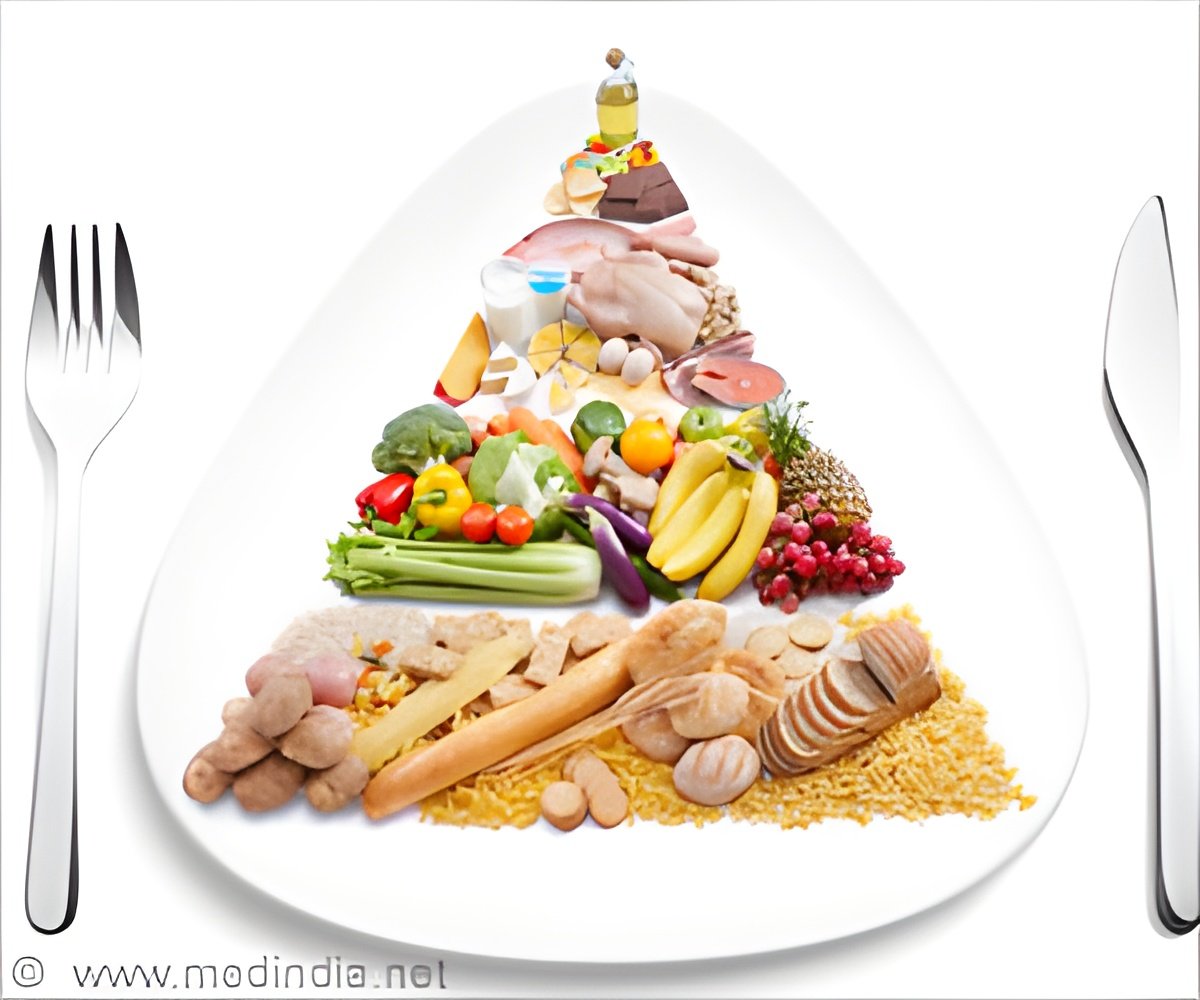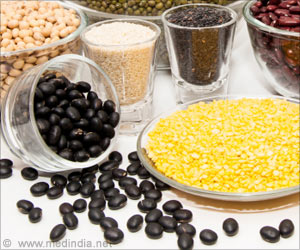
"Sustainable and healthy diets will require a move towards a mostly plant-based diet," said Colin Khoury, a biologist at the Colombia-based International Centre for Tropical Agriculture.
The release of "EatBy" app reminds consumers to use up food in the fridge, and a new social network to help people adopt a "climatarian" diet that shuns meat from gassy grazing animals, such as beef and lamb, reveal sources.
"I don't think it's all that ambitious to eliminate hunger," said Jomo Sundaram, assistant director-general of the U.N.'s Food and Agriculture Organization (FAO). That is because incomes are rising in much of the world, transport to move food is improving, and new technologies are keeping yields of many key crops on an upward trend, he said. He added on saying the previous Millennium Development Goals (MDGs), adopted in 2000, aimed to halve the proportion of hungry people worldwide, a target that was largely achieved.
According to FAO reports around one third of it is discarded or spoils in transport or storage before reaching consumers. In rich countries, individuals and grocery stores are responsible for most of the waste when they throw away imperfect vegetables or products they think are no longer safe to eat.
"Today we could easily feed everyone – it's a distribution issue," said Michael Obersteiner of the International Institute for Applied Systems Analysis, an Austria-based thinktank. Meeting the hunger goal by 2030 may be possible if funding were available to cut waste along the supply chain, and yields continued to climb, he said. "Diets will have to change," said Obersteiner. Today half the world's agricultural land is used for livestock farming, he said, which is far less efficient for feeding people – and worse for the environment – than producing grain, fruit and vegetables for direct human consumption.
Advertisement
Switching from eating meat four times a week to just once would also curb greenhouse emissions from the livestock sector, which account for roughly 14 percent of the global total, more than direct emissions from transport, according to a Chatham House paper published in December.
Advertisement
Lower yields for a key food source in a region where one in four still do not get enough to eat could spell disaster.
Large gene banks, used to breed crops containing the best traits adapted to particular environments, together with public education to shift diets to new and more diverse foods suited to a warmer world, will be crucial, the scientist noted.
"There is no silver bullet to reaching the goal (of eliminating hunger)," Guarino said. "But even if we get 80 percent there, it's well worth it."
Source-Medindia















